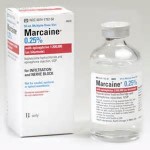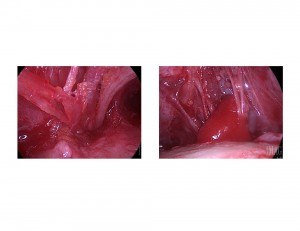Treatment of very specific types of migraine headaches can be successfully done by extraforaminal decompression techniques. This is especially true for the migraine trigger site of the supraorbital nerve. By removing all of the muscle from around the neurovascular bundle (and occasionally removing some foraminal bone and ablating the artery) a decrease in the severity and frequency of migraine headaches can be potentially achieved.
But despite the procedure’s ultimate success at migraine reduction, very often migraine surgery creates an immediate postop migraine event. This is not surprising given the trauma that results in and around the nerve from its decompression. While such a migraine ‘reaction’ does not occur in every patient, it certainly is distressing to those in which it does. In the short term it is very much like ‘adding insult to injury’.


Dr. Barry Eppley
Indianapolis, Indiana


